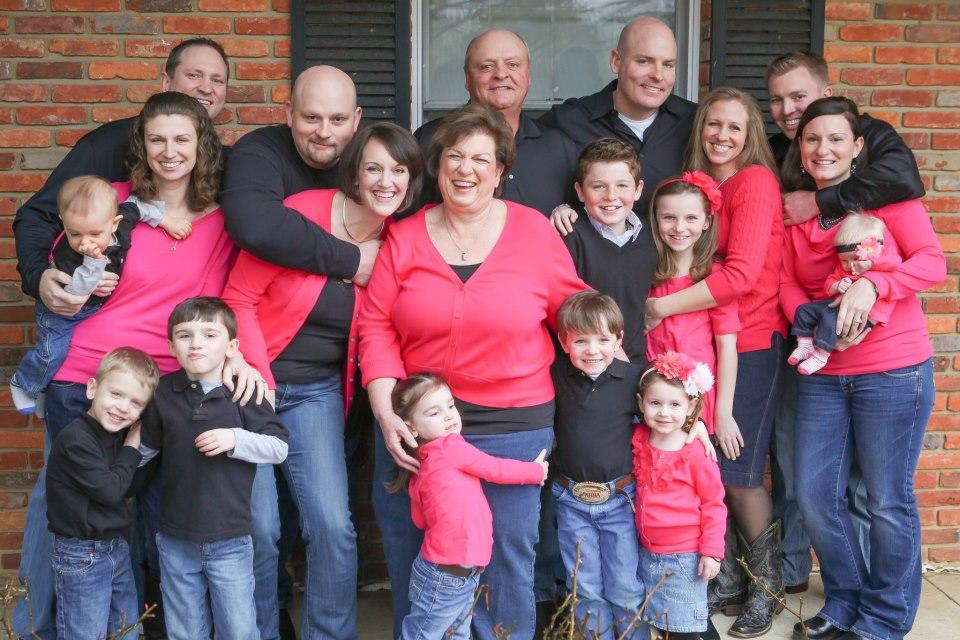AARP Hearing Center

Tammy's story may be familiar to some: “I got a call from my sister Debbie—her husband Donny had fourth stage lung cancer. He was 63. What does 4th stage cancer means to a family that meant Debbie and the rest of our family would need to be creative. It meant time off from work, sitters for the kids, and coordinated trips to three different hospitals, making meals, trips to the pharmacy. Life had ended as we knew it.”
Interested in making a difference for family caregivers? Take the Maryland Caregivers Support Coordinating Council (MCSCC) caregiving survey!
Tammy is one of more than 1.1 million Marylanders who perform a great labor of love: caring for aging parents, spouses, and other loved ones so they can remain in their homes. These family caregivers are sometimes on duty 24 hours a day, seven days a week – and often they can’t even take a break. But they wouldn’t have it any other way.
That’s why we honor these unsung heroes for their labor of love during November: National Family Caregivers Month. Read more caregivers' stories and share your own at AARP's "I Heart Caregivers" webpage
It’s a fact: the vast majority of older Marylanders want to live independently, at home, as they age. And, family caregivers are the ones who provide the bulk of assistance to make this goal a reality for many. They help with things such as:
• Bathing and dressing
• Meal preparation
• Managing finances
• Transportation
• Grocery shopping
• And much more!
Like Tammy, family caregivers also perform medical or nursing tasks for their loved ones, including complex medication management, wound care, and injections. Yet, most receive little or no training for these duties.
That’s why AARP will be fighting for a commonsense solution called the Caregiver, Advise, Record, Enable (CARE) Act during the 2015 state legislative session. The CARE Act helps family caregivers when their loved ones go into the hospital and as they transition home. The bill features three important provisions:
• The name of the family caregiver is recorded when a loved one is admitted into a hospital;
• The family caregiver is notified if the loved one is to be discharged to another facility or back home; and,
• The facility must provide an explanation and live instruction of the medical tasks – such as medication management, injections, wound care, and transfers – that the family caregiver will perform at home.
WATCH THIS VIDEO: ELAINE ON THE CARE ACT
Today, the average family caregiver is a 49-year-old female, who takes care of a 77-year-old woman – usually her mother. She provides 20 hours a week of assistance to her loved one, although she may be on call around-the-clock. She also works.
In Maryland, family caregivers provide unpaid care valued at an estimated 8.1 billion dollars annually. For our state, their contribution runs even deeper. By helping their older loved ones remain at home – and out of costly nursing homes, usually paid for by Medicaid – family caregivers are, in essence, saving the state money.
But, family caregivers could use some support – so they have the strength and energy to carry on: more support, help at home, workplace protections, training and more. That’s why AARP is fighting for commonsense solutions, like The CARE Act, caregiver employee leave, “respite care” so caregivers can take a hard-earned break¸ giving nurses more authority to heal, financial help for caregivers, making sure caregivers have the right resources in the community – like home care and adult day care.
Keep in mind: If you’re not a caregiver now, you were one in the past, or you will likely be one in the future. This month, let’s all take a moment to recognize our fellow family caregivers – share your story at aarp.org/iheartcaregivers.
View Facebook photos from AARP Maryland's recent Caregivers Town Hall in Hanover.
AARP MD is working to provide caregivers with real resources and information. For more information on our caregiving work, contact Tammy Bresnahan.































































